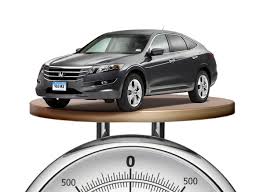CAR WEIGHT MEASUREMENT
In order to promote both scientific and mathematical learning, the experimental activity, whether of observation or manipulation of equipment, seeks to develop different forms of qualitative and quantitative perception. Problem solving is an important teaching strategy, not only for Mathematics, but also very important for Physics. When faced with problem situations, students are able to develop strategies for planning, relationships, checks, etc. Visit this link to gain more ideas: average car weight
Thus, the experimental activity mentioned below aims to place students as authors of knowledge. It is an activity that can be carried out in groups, with the participation of all students.
It is common to see cars parked in parking lots, on the streets and in school garages. When we look at the car we will see some of its basic characteristics, such as color, wheels, upholstery, etc. One of the information that we will not see exposed is the mass of the car or, popularly speaking, the “weight” of the car. Such information is only obtained through your document or through some physical knowledge.
We can find the weight of a car by knowing the air pressure in its tires and the contact area between each tire and the ground. We say that the product of the air pressure with each tire over the area of contact with the ground gives us the modulus of the normal force exerted by the air on the inner wall of each tire, which is equal to the FN modulus of the contact force of each tire with the floor, exercised by its external walls.
An easy way to determine the contact area A between the tires and the ground is using a string or a permanent marker (if the car is on the asphalt). With the string, outline the tire and then reproduce the same outline on a sheet of graph paper. With the permanent marker, just measure the contact area by removing the car from the place. Although it is not an accurate measure, when performed carefully, good results can be obtained.
It is interesting to check the tire adjustment before making any measurements. Also note the pressure unit it supplies. It is good that the tires are well inflated. Generally, the pressure unit of gas station gauges is lb / in2, that is, pound per square inch.
Because the pressure is on that unit, it is necessary to convert it to the pascal unit. The relationship is . In addition, the pressure supplied by these meters is the gauge pressure, so it is necessary to add to it the local atmospheric pressure, in the order of 100,000 Pa.
Don't forget also that the area must be expressed in square meters for the car's weight to be given in newtons. It is interesting to check the value obtained with the one provided by the vehicle manual, remembering that in these manuals, “weight” is not weight but mass. And a 1000 kg car actually weighs 10,000 N.



